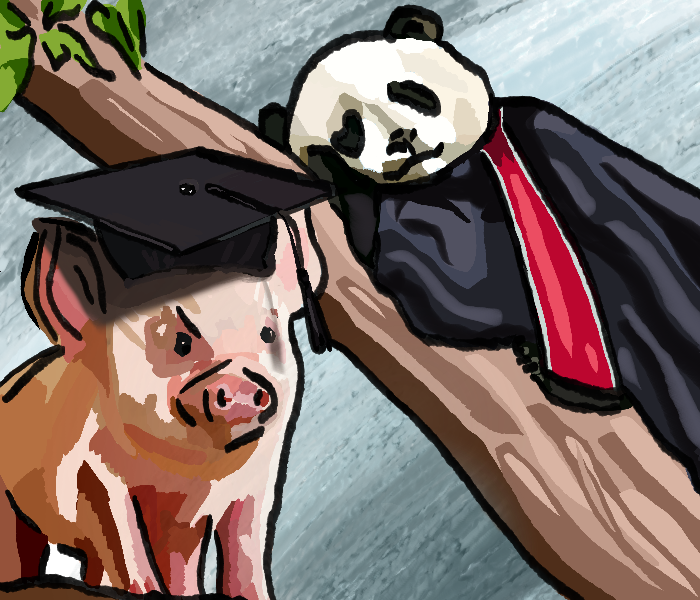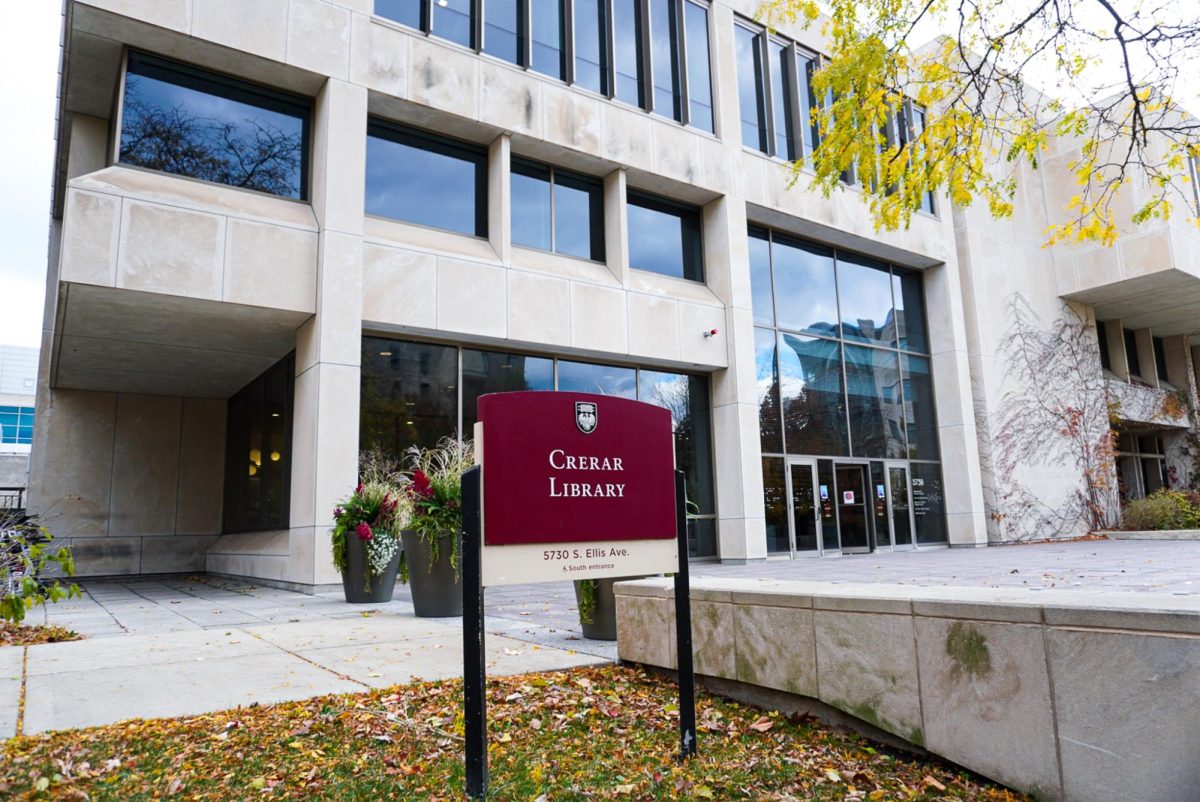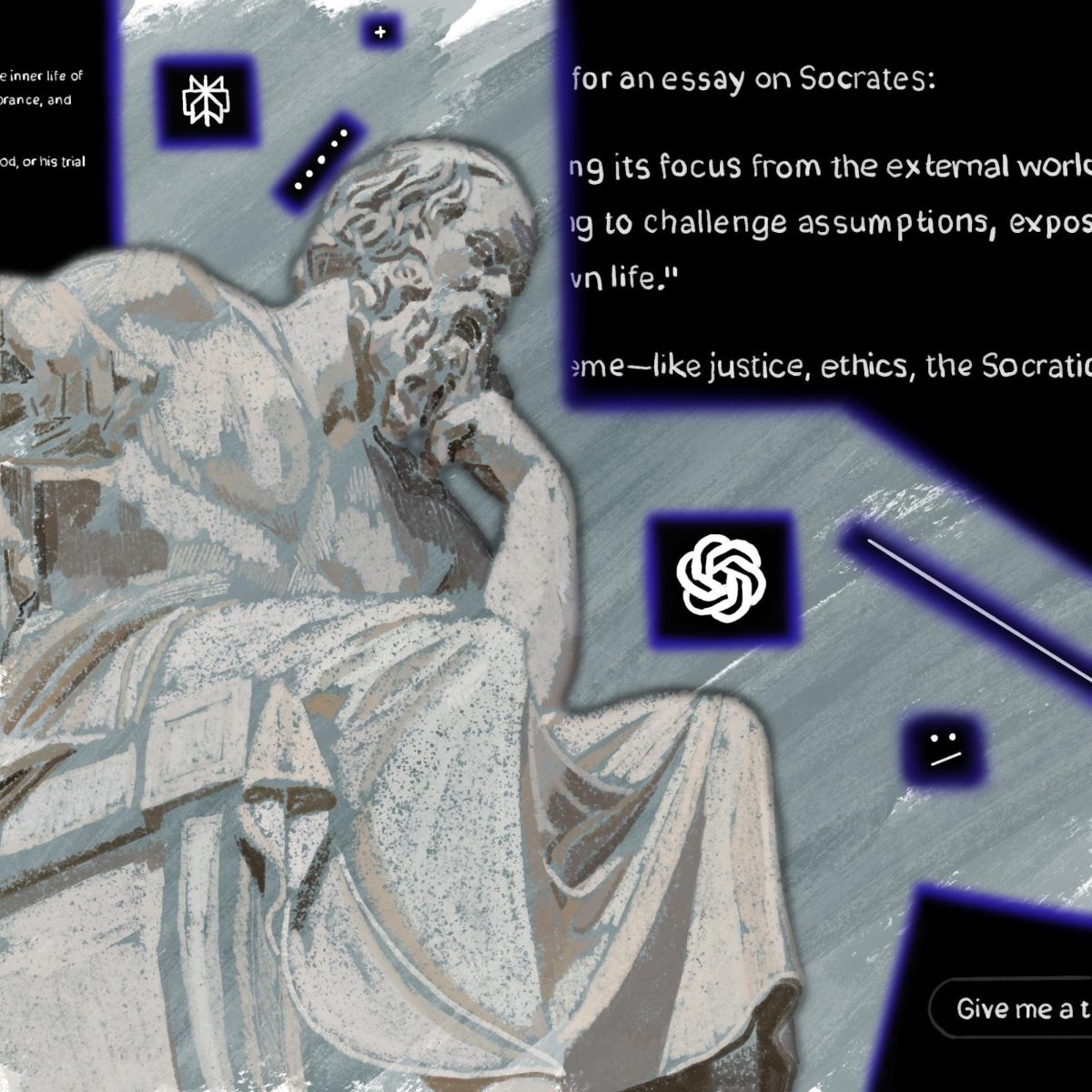Harvard University has borrowed $750 million on the bond market and is exploring the sale of a $1 billion private equity stake. Yale University is exploring the sale of up to $6 billion of its private equity portfolio. Stanford University instituted a hiring freeze in February and recently instructed deans of several units to prepare for budget cuts. Princeton University has asked departments and units to prepare individual plans for permanent budget reductions of 5 or 10 percent. Many other universities have announced budget cuts, frozen graduate admissions, announced hiring freezes, or commenced layoffs. These are among the wealthiest universities in the world. What is going on?
These actions are being taken in response to a sequence of unprecedented actions by the current federal administration. It seeks to dismantle the structures and culture of basic research in the biomedical and physical sciences in the United States, end the distinctive history of institutional autonomy and academic freedom at America’s public and private universities, and scare both foreign students and American institutions into terminating the status of the U.S. as the premier destination for global higher education. Commencing with Vannevar Bush’s proposal in 1945 to found the National Science Foundation, the federal government has collaborated with America’s leading universities to produce a remarkable 80-year run of dominance in research and higher education. Taken together, the actions of the Trump administration will end that streak, with untold harm to the American people and the American economy.
This assessment of the likely consequences of current federal action assumes that the stated priorities of the current administration and party in power come to pass. The attacks on research funding and institutional autonomy are well-known and ongoing. Further priorities include an endowment tax structured to disincentivize the admission of foreign students, public efforts to scare foreign students into not coming, and, perhaps most importantly, a proposal to change the distribution of federal research funds from a board system that evaluates individual proposals on merit to a block-grant system that gives money to states to allocate. It cannot be stressed enough that, for all that the Trump administration has elected to attack specific universities (including Columbia University, Harvard, and Cornell University), the overwhelming majority of federal money that is given to these universities was awarded to projects that happen to be located there and not to the universities themselves. (The same is true of Pell Grants, which are awarded to individual students.)
Further actions by the current government are detrimental both to research and to the institutional homes of that research but are flying below the radar. I refer in particular to the simple non-processing of claims for reimbursement of expenses. Taken together, these many actions are dismantling the excellence of what may well be America’s most successful industry and will do more harm and more irreparable damage the longer they continue.
But is this correct? Are America’s leading research universities not simply the best but also the wealthiest in the world? There is no simple answer to that question, or perhaps the answer has to be, “Yes, but…” It is my intent to provide some guidelines and data for thinking about the wealth of the Ivy Plus universities.
The most misleading response—employed not only by Harvard’s critics but also by the press, which should know better—is to point to Harvard’s “endowment,” which was valued at $53.2 billion at the close of fiscal year 2024. But no university’s endowment is a simple checking account that it can spend as it chooses. In Harvard’s case, the “endowment” actually consists of more than 14,000 separate funds. What is more, according to Harvard’s public financial statements, more than 80 percent of the value of the endowment lies in funds that are restricted as to use. In such cases, individual donors specified the purpose for which the money was given, and the university cannot legally redeploy those funds for other needs—to replace research or scholarship funds withheld by the federal government, for example. This basic structure is duplicated in every university in the land. Yale’s endowment, for example, consists of approximately 8,700 funds; the University of Pennsylvania’s endowment contains 7,800 donor-restricted funds. The percentages vary, but Harvard’s are, in fact, typical: over 75 percent of Stanford’s endowment payout is restricted as to purpose; more than 90 percent of the University of Chicago’s net assets are subject to donor restrictions; and so forth.
Many universities do have some funds that they have saved and which they treat as if they were an endowment. This is to say, universities occasionally find themselves in possession of unrestricted funds—nearly always gifts—that the trustees elect not to spend. Instead, they choose to treat the principal of this sum like an endowment: they elect to spend only the income and appreciated value at a rate that will preserve the fund’s future purchasing power. In financial statements where these are clearly identified (though this does not always happen), they are called “funds functioning as endowment,” “quasi-endowments,” “corporation-designated endowment funds,” and the like. Since the constraint on the use of these funds is one that the trustees have elected to impose upon themselves, these funds are available to be liquidated and spent in an unrestricted way if present needs are felt to outweigh future ones.
This same fundamental distinction regarding how a university can use any given source of revenue also applies to a very great portion of every university’s revenue. Grants and contracts, for example, fund specific projects; so-called “auxiliaries” (or auxiliary services) are monies that universities receive in payment for student housing, meals, healthcare, and so forth. The public financial statements of universities do not generally break down different sources of revenue into the categories “restricted” and “unrestricted”—in the case of the University of Chicago, the category of “Other income” is unclassifiable to an outsider—but, purely as an example, a conservative estimate is that 27 percent of the revenue of the University of Chicago is unrestricted, and the very great bulk of that derives from tuition. In short, significantly more than half the revenue of any given Ivy Plus university is likely earmarked for a particular purpose.
As the Trump administration’s assault on research universities took shape, I was asked by friends at other universities to help them understand the vulnerability of their institution to federal pressure. (A nonfinancial answer to that question would be that the powers of the federal government broadly construed, and of the executive branch more narrowly understood, are very great, and no university in the land could withstand a competent and single-minded effort by the government to destroy it.) The spreadsheet attached to this article represents my attempt to read the financial statements of many of the Ivy Plus universities and to extract the information that seems to me relevant to making a grosso modo assessment of institutional vulnerability to the kinds of financial pressure that the federal government is currently bringing to bear.
A few words of explanation and some remarks about unknowns are in order. One way of measuring vulnerability would weigh government grants and contracts as a percentage of revenue against the salience to overall revenue of endowment payout. But this is unsatisfactory because, as I have stressed, the great bulk of endowment funds are restricted. One cannot simply repurpose them to pay general operating expenses, let alone for specific projects that have lost federal funding. Another useful area of investigation is one-year liquidity. All university financial statements include a calculation of liquidity available to the university within a year. Many universities include the next year’s endowment payout in this figure. That inclusion rests on the heretofore reasonable assumption of a continuity of operations: the kinds of things one was funding in the previous year, one will also be funding in the next, so restricted endowments can be regarded as useful in the future in the same fashion as in the past. The spreadsheet breaks out the endowment payout from the gross measure of one-year liquidity because restricted funds cannot be used over the next year to meet every cost of the present crisis.
Two forms of expense reported in the financial statements strike me as particularly important: interest paid on debt and principal payments on bonds. These are important to a calculation of institutional vulnerability because they generally must be paid from unrestricted funds. If unrestricted funds are the resource most easily mobilized to meet the present crisis, and a large portion of one’s unrestricted funds are consumed by the costs of debt, that’s a problem. Principal payments vary from year to year according to the maturation of particular bonds; the spreadsheet offers an average of payments owed by each institution over the next four years. Of course, one could refinance debt so as to make cash available in the present, but, in most cases, the interest one would pay on bonds today is higher than the rates were when current bonds were issued.
Consideration of these factors points to the importance of holistic analysis. In the final columns of the spreadsheet, I present each institution’s debt-service costs; first as a percentage of tuition (Column AG), being everywhere a leading source of unrestricted revenue, and, second, as a percentage of overall revenue (Column AH). Column AI cites from the financial statements the volume of each institution’s debt in the form of bonds and notes payable. Column AJ calculates that debt as a percentage of the net assets (provided in Column F). Servicing debt consumes a wildly variable percentage of tuition revenue, which remains important because of the status of tuition as a source of unrestricted revenue. But strong patterns start to show up when one examines debt as a percentage of overall revenue: very few institutions have allowed this number to rise above 5 percent. And this correlates with a similarly narrow standard deviation among the Ivy Plus universities as regards debt as a percentage of (roughly speaking) financial assets, where every institution but three falls within the range of 10–20 percent. The University of Notre Dame is one exception, with extraordinarily low overall borrowing and therefore great resilience. The California Institute of Technology is another exception, perhaps to be explained by its unique structure, since it manages a federal lab much larger than itself. The University of Chicago’s debt load is so enormous—its debt now exceeds its net financial assets—as to call the institution’s long-term health into question, quite apart from its extraordinary vulnerability to exogenous shocks.
At this juncture another unknown intervenes. America’s leading research universities admit students on a need-blind basis. These institutions therefore spend considerable funds on student aid. For example, in 2024, Dartmouth University gave out $237,192,000 in financial aid and received $243,646,000 in net tuition. The Ivy Plus universities differ greatly in the percentage of student aid that is funded from endowments and the percentage that is funded from general revenue. Some universities pay large amounts of financial aid from the tuition revenue they derive from those students who pay full freight or close to it. The University of Chicago stands at one end of this spectrum; it pays the overwhelming majority of financial aid from general revenue. Princeton’s endowment, by contrast, includes $5.798 billion dedicated to student financial aid. The combination of exceptional demand on unrestricted revenue for financial aid and extraordinary costs for servicing debt leaves the University of Chicago in particularly poor condition to meet the forms of stress that the federal government is inflicting. Schools like Dartmouth, Notre Dame, and Yale, however, emerge from this simple analysis as financially resilient.
A final unknown concerns how many students at any given institution are foreign. Only a small number of universities admit foreign students on a need-blind basis. Overwhelmingly, in American higher education, foreign students pay higher tuition than American students (see also here). They therefore contribute at a higher rate to unrestricted revenue. According to the logic that I have outlined, in which general revenue is used to support financial aid, at most American universities foreign students therefore subsidize American students. The Trump administration’s current actions, including its attempt to force all foreign students at Harvard to transfer or leave the country, and the framework proposed by the House for a revised endowment tax, which penalizes universities for admitting foreign students, will do extraordinary nonfinancial harm. But, on a financial plane, these actions will diminish the ability of universities to provide financial aid to American students.

I began this project seeking to assess the vulnerability of America’s leading research universities to financial pressure from the federal government. I thought I could estimate the cost of replacing indirect costs narrowly and then federal sponsorship more generally. I would then write a set of simple spreadsheet formulas that addressed this question: How long, under set conditions of federal action, could any given university fund research through heightened draws on quasi-endowments and, if necessary—and in the shadows of legality—by spending the appreciation on restricted gifts?
I hesitate to publish the formulas that I wrote or the results they yielded because the diversity of the financial statements means that the unknowns are not the same across the set. For example, in many cases the tuition revenue most available to the central administration is undergraduate tuition, whereas the tuition from Master of Arts programs and professional schools is under the control of the body that raised it, but I can’t always distinguish these amounts. Not every school distinguishes federal grants and contracts from other grants and contracts. Not every school distinguishes direct support of sponsored research from payments for indirect costs (though I made some unpublished efforts to estimate these from databases of indirect cost recovery rates). Some schools separate the value of the principal of restricted gifts from appreciation. Some schools specify the volume of financial aid paid from endowment. All these things matter, and what is knowable from public documents of the sort I have been able to find differs from case to case. The fact that the uncertainty would vary from case to case has made me hesitate to publish the results in simple juxtaposition.
I also hesitate to publish the formulas and their results for another, more important reason. What I have learned in the course of this investigation leads me to conclude by posing a different question: How fragile are America’s research universities—how susceptible to deep structural harm? My answer: very. It will not take much pressure before even the wealthiest have to compromise core functions of the enterprise.
This comes about for two reasons above all. The first is the compact, the grand bargain struck at the end of World War II, when the federal government designated science as the next frontier of American greatness and elected to use the country’s research universities—not simply their infrastructures but also their values—as the primary context for investment and discovery. The result was an extraordinary expansion in the scientific enterprise of research universities. The modern American research university is simply unrecognizably different from what existed before the war. But these research endeavors were also extraordinarily expensive, more and more so with each generation. The cost of molecular engineering, quantum computing, or energy science now dwarfs virtually everything else universities do (on the scale of such expenditures see here). Universities built those enterprises with the expectation that federal funds would flow forever. The same enterprises turn out to be an extraordinary site of vulnerability, so massive in scale that they could bring down the whole.
The second cause of institutional fragility was, once again, just yesterday a major source of strength—namely, development. Every academic leader knows the perils of restricted gifts, to say nothing of thousands of them. In some earlier halcyon era, the specificity of particular gift agreements was fodder for cocktail party conversation. Today, the rigid constraints on endowments sound a tone of tragic irony. The wealth of universities did not make them free; it did not even make them wealthy.
What is to be done? In the short term, universities may have to make some very difficult choices about which projects they can fund and which they cannot. In extremis, some research will have to be put in hibernation. Perhaps lessons we learned under COVID-19 about how to slow activity but preserve human capital—something the country actually did quite well—can be revived for this moment. In the medium term, research universities and those whom they benefit—namely, all Americans—will have to fight for a new version of the compact, in which the public funds both research and education as common goods, to the long-term benefit of us all.
___________
Note on Spreadsheet: The data in the article and in the spreadsheet derives from public financial statements. These are produced according to “generally accepted accounting principles.” Nevertheless, to a lay reader, the statements of the Ivy Plus universities exhibit a frustrating degree of difference. The spreadsheet represents an effort to extract standardized information from the statements, but it may well contain errors of transcription or calculation, as well as mistakes arising from the work of reconciling different terminology or nonoverlapping categories. I welcome all corrections and suggestions for improvement (email me here). Also, the University of Notre Dame is included because the distinctiveness of its financial model makes for a compelling comparandum.
Clifford Ando is the Robert O. Anderson Distinguished Service Professor in the Departments of Classics and History and in the College, as well as Extraordinary Professor in the Department of Ancient Studies at Stellenbosch University.
View this spreadsheet in Google Sheets.













Matthew G. Andersson, '96, Booth MBA / Jun 3, 2025 at 12:56 pm
Reply to “Concerned,” 1 June
Thank you for your comment. It is actually 29 years. This trails the UC president (44 years), the trustee chairman (52 years), and Booth’s Fama (61 years), among many others, so we may be in good company in that regard. Moreover, such duration appears to display an increasing-return profile with high alpha. We’ll all have to otherwise mark-to-market in a decade. As for readership, the excellent work of students at the University Maroon paper may be underestimated (itself with a 130-year duration). The traffic statistics are impressive (upwards of 1.7 million unique online readers yearly, with other format readership of 1,700 people bi-weekly) which compares favorably if not competitively, with alternative media, and even some regional legacy publications. Many other university media platforms are demonstrating good bottom-up journalism and viewpoints that national and commercial media do not, or cannot. It provides a good test of speech principles for their entire community, which is reinforced in several dimensions if comments generally follow the maturity of the New York Times and similar guidelines: use of real identity, absence of ad hominem logical fallacy; on-topic content; and additive discourse. The University of Chicago Magazine follows them editorially, where alumnae make up 90 percent of readership, and donors. The Chicago Principles are thereby reinforced, and demonstrated, if faculty also endeavor to follow such guidelines, including those aspiring into such positions. In the meantime, university costs can be cut in half, and efficiency doubled. That may or may not be realized through voluntary labor markets which depend to some degree on faculty rational behavior. That appears problematic.
Matthew G. Andersson, '96, Booth MBA / May 29, 2025 at 8:25 pm
The author is unfortunately only arguing one side of the balance sheet and income statement. Universities are vulnerable to financial pressure because their costs are out of control. But it’s worse than that: their excessive costs undermine their entire production economics, and therefore their bargaining position. Booth economist Robert Topel shows how government overhead costs, like universities, are so bloated and distorting, that it takes at least $250 of taxes to create $1 of putative benefit (see his paper, “Some Dismal Economics of Climate Policy” and the more formal treatment in Chicago Unbound, “On the Economics of Climate Policy,” with Becker and Murphy, 2011). It is interesting to consider how University economics are not unlike the economics of carbon pricing, and, the standard “[Harold] Hotelling problem for the intertemporal pricing of an exhaustible resource” (knowledge does not follow the nonrenewable resource model, except in tuition pricing, which should be zero, except that the free-rider problem has raised the intellectual discount rate so high from waste, that most degrees have a negative present value). It is curious how university research otherwise displays very unfavorable (intellectual) energy use per unit of income–the energy intensity of income problem which the author does not consider. Moreover, most university research activity creates enormous social cost in Coasian terms–law, biosecurity, and climate are examples. Federal grants and loan guarantees have otherwise created a moral hazard for universities because risk is insured, and this has underwritten continued dependence on an obsolete intellectual model. The problem is not, as the author casts, a supply problem, but a demand problem in over-consumption of a free good. Readers may wish to see “Everything a University Does Can Be Done in Half the Time for Half the Cost,” NAS, 22 January, and “Overhaul Likely to Mean Business as Usual at the University of Chicago,” Financial Times.
Concerned for Matt / Jun 1, 2025 at 5:13 pm
Matthew, you graduated 30 years ago, and all you do is comment on slightly political Maroon articles. Your family is concerned about you, it’s time to move on. No one even reads these comments, this is just embarrassing. You won’t even return my calls anymore. I miss you, Matt. Please come back home and talk to your family.